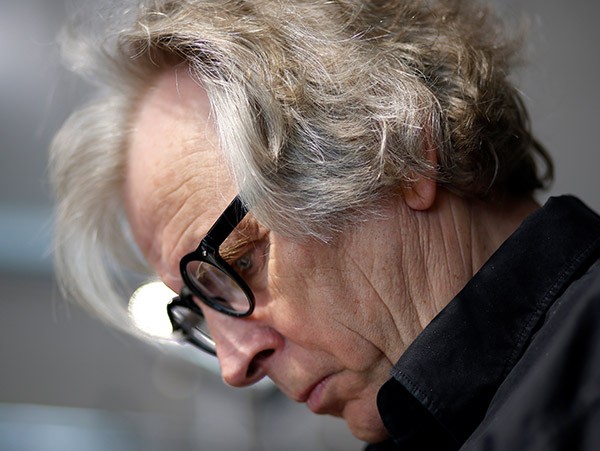
For whom do we 'process' food? In the old days, consumers cooked their meals, then they started to assemble and, today, they often go for ready meals. All in all, we scrape together up to 42 eating moments per week.
Food as a product and eating as a pastime are going through an enormous transition. We used to go to 'the Chinese' to eat Chinese food. The leftovers were taken home in a doggy bag and eaten the next day. Nowadays, 80% of the Chinese meals are not consumed at Chinese restaurants but at home, often in front of the TV. The leftovers are going into the bin.
When it comes to 'eating', the consumer has no longer been a customer for some time. He is a guest, even though he is not sitting at your table. A customer buys what is offered. A guest needs to be surprised with new and innovative products so you can create customer loyalty. And the consumer, in his role as a 'guest', is also willing to pay for it. Because food is hip, food is status! Just think about the Friet Atelier restaurants launched by Sergio Herman, where they sell French fries at 5 to 8 Euros per portion. It is the dream of any local cafeteria.
The bulk aspect of food is over. It is all about the added value. It is also a well-known factor in the meat sector: slaughtering animals is not a business where you make money. You have to focus on the utilisation, whereby creating the 'surprise element for the consumer' is of the essence. He is your guest.
But what remains? This way of eating goes hand in hand with the biggest challenge of today's food processing. In the Netherlands, 13-15% of the food is thrown away, which is the equivalent of the consumption of three million Dutch people per day; we are processing food for the garbage container. How can we reduce this massive wastage? Producers, surprise us! Start developing a new type of doggy bag: start reusing yourself and let your guests reuse.
Herman Bessels is architect BNA at Bessels architekten & ingenieurs BV
Source: © Vakblad Voedingsindustrie 2019